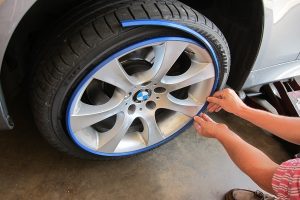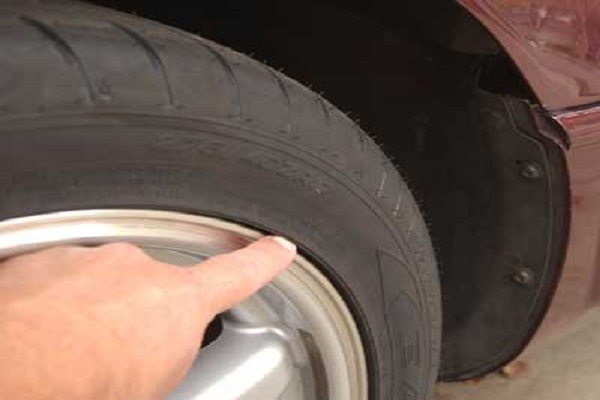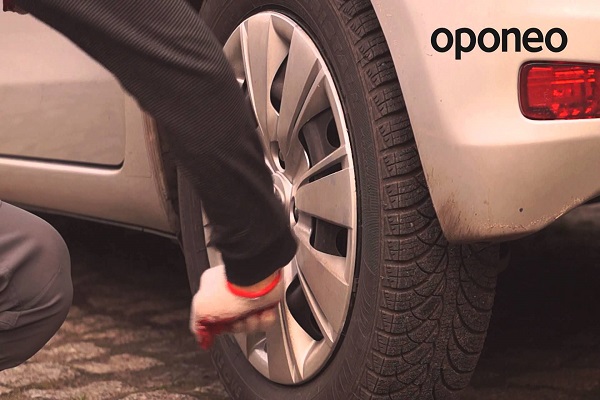If we give a strong blow to the tire while parking, for example, we can damage the sidewall of the tire. The most common damage to a tire can be cuts, bumps or hernias. In the same maneuver, we can also cause damage to the rim. This is where the protective rim flange comes in. Do all tires have a protective rim flange? Before we ask this question, we need to know what it is, what it serves and whether all tires have one or require it.
You may read also be interested: How to get your car back?
The rim protector flange
The protective rim flange is a rubber section (also known as a ring or cord) located in the lower part of the sidewall and attached to the heel of the tire. A profile which runs the entire circumference of the tire and which emerges from the wheel has the function of protecting the rim, especially of the blows against the sidewalks.
Tires without rim protector flange
Tires with a high profile, greater than 55, usually do not have a rim protector flange. The tire itself fills the rim protection function because, by counting a high or lateral profile, it can cushion the blows against the pavements. We must bear in mind that many of these tires are mounted on iron rims with plastic hubcaps.
Tires with rim protector flange
Tires with a profile of less than 55 and especially the profiles of 45, 40 and 35 normally have one car with these profiles so low, the rim is not protected and is more likely to be touched.
How do you know if a wheel has a protective rim flange?
There are many manufacturers of tires and each uses different markings to identify whether or not a wheel is equipped with this protection:
- DUNLOP: UK manufacturer uses Maximum Flange Shield (MFS ) to provide maximum protection to the rim
- CONTINENTAL: The German tire brand inscribed on its wheels with a protective rim flange the logo FR (Fringe Protector).
- VREDESTEIN: For the brand specializing in winter tires, the name used is FSL.
Other brands of tires such as Pirelli, Michelin or Bridgestone do not distinguish tires with a rim protector flange specifically, although tires with profiles below 50 usually have one.
Always be vigilant
Whatever happens, even if the tires in our vehicle are equipped with this extra protection, we must be careful when parking or when approaching a sidewalk. Although the tire is more protected than if it were not provided with a protective cord, we must approach the sidewalks very carefully, as we could damage the tire by causing a cut on the sidewall or a hernia and it could burst.





